
Tribute: Bappi Lahiri
(27 November 1952 –15 February 2022)
 By Sudeep Sonawane
By Sudeep Sonawane
Whether the melody was ‘inspired’ or his own, he had the ability to find a hook for his songs
Bappi Lahiri, born Alokesh, 27th November 1952, snatched the attention of Hindi cinema critics and audiences as a composer in 1975 with the film Zakhmee, his ‘first work of fame’. Although he made his debut in 1973 with the song Tu hi mere chanda sung by Mukesh in the film Nanha Shikari.
The music for Tahir Hussain’s film Zakhmee, starring Sunil Dutt, propelled him as well as Reena Roy [debut in 1972] into the limelight. The music was good but not as outstanding as his work five to six years later.
Cinema halls screened Zakhmee in July 1975. It opened 19 days before Sholay, ranked first in the British Film Institute’s poll of ‘Top 10 Indian films of all time’ held in 2002.
I first heard on Vividh Bharati radio station a song composed by Lahiri for Zakhmee. Lata Mangeshkar sang Abhi, abhi thi dushmani written by lyricist Gauhar Kanpuri. The song had a lively tempo, percussion, melody and a lick or, as session musicians in Mumbai say, ‘instrumental piece’. This catchy lick [ta ta, ta ta, ta-da ta…] between the verse and chorus of this song made me curious about this new composer. Later, I heard other songs of this film like Zakhmee diloh ka badla chukaney aayen hai and Jalta hai jiya mera bhigi bhigi raaton mein. All songs of this film became popular.
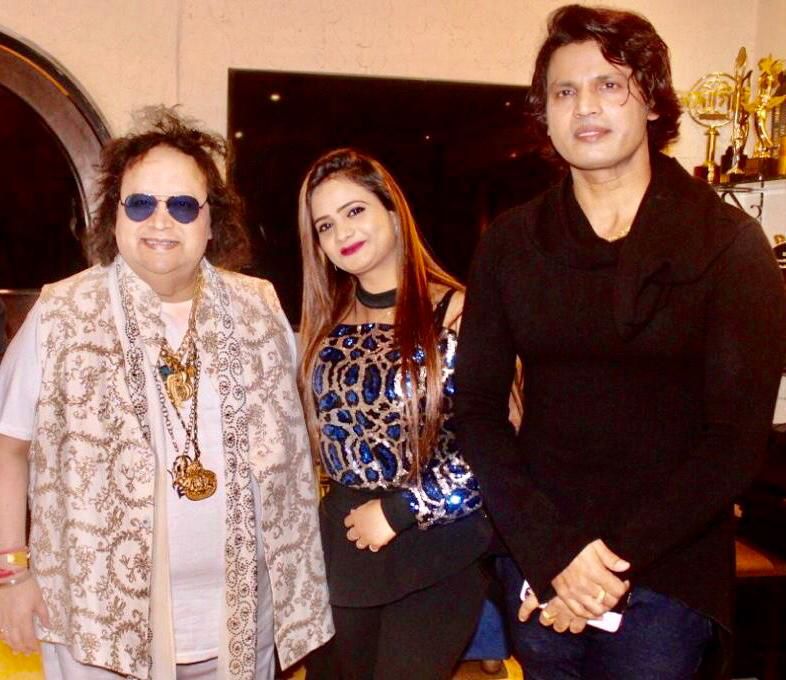
A talented team of musicians and song recordists like Robin Chatterjee, Kaushik, Bhansali, and music assistants Bansari Lahiri and Anil Mohile had a creative hand in Lahiri’s first flush of success. By year 2020 he had composed music for more than 5000 songs in more than 500 films in Hindi, Bengali, Telugu, Malayalam and Kannada.
I liked Lahiri’s Pop and Disco style. He composed melodies, either his own or ‘inspired’ that would hook first-time listeners. His arrangers built his melody with dance beat percussion, dominant bass guitar lines, rhythm guitar chords strumming patterns and modified keyboard sound similar to Boney M’s Daddy Cool and Ma Baker and other disco bass thump popularised by Chic, KC and The Sunshine Band, Baccara, Village People and Donna Summer.
Lahiri’s disco style quickly became popular in the late 1970s and early 1980s. I liked it, but disco style failed to hook me for two reasons. One, dancing was alien to me, the lyrics were silly I am a disco dancer… ta, ta, ta da! [no offence to singer Vijay Benedict], and second, I was Rock, Pop and Country music fan. R D Burman and Shankar-Jaikishan reproduced these styles in their 1960s compositions ‘inspired’ by The Beatles – the most popular rock ‘n roll song being RD’s Aja, ajaa, mein hoon pyaar tera from Teesri Manzil, sung by Mohammed Rafi and Asha Bhosle. The legendary Dilip Naik played this song’s celebrated 14 seconds long lead guitar lick thrice laced with drum roll for the 72-seconds long prelude. This song’s opening sequence that starts with 12-bar drum beats remains unmatched in the history of Hindi cinema film music.
Teesri Manzil’s songs’ super success sprang RD to the top. Before savouring his epic success RD had to pass Shammi Kapoor’s audition. The King of Twist dance and head-shaker always insisted on O P Nayyar and Shankar Jaikishen to compose music for his films. Lyricist Majrooh Sultanpuri recommended RD to producer Nasir Hussain who referred him to Kapoor. RD had debuted as a music composer in 1959 for Guru Dutt’s film Raaz, but this film was shelved. Mehmood’s Chote Nawaab was his first film as a composer in 1961.
The digression narrating RD’s genius as a composer should remind readers that he was Lahiri’s original inspiration besides a horde of western Pop and Disco bands. What was unique about Lahiri’s style? As I mentioned earlier, besides heavy percussion, bass guitar lines and catchy licks, his keyboardists and guitarists used a lot of gadgets like Roland/Boss guitar pedals to modify or distort sound signal from the instrument to produce flanger, phaser, chorus, distortion, delay and echo effects. The booming, mid-tone whistles or drumbeat sounds in the opening sequence or interludes in many of his disco songs are an example.
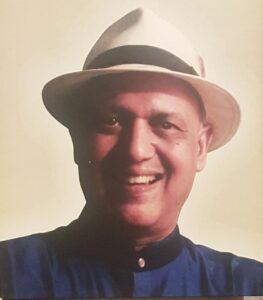
Lahiri created these booming whistle sounds in song interludes using synthesiser. Kersi Lord was the first to introduce electronic music to India long before Lahiri. The drummer and accordion player was the first to use Minimoog synthesiser and glockenspiel in India. Glockenspiel or bells is a metallophone like the vibraphone. These types of instruments added thrill and upbeat mood and emotion to all songs, not just fast tempo ones. Lahiri used such instruments and synthesiser to add pep to his tunes which instantly became popular with youth.
New Jersey-based author and digital illustrator Satyajit Mukerji, a native of Mumbai, currently visiting India, says, “Lahiri’s style of creating music had the rare ability to woo the listener into a world of nascent fantasy, but with an air of familiarity. Despite some of his ‘inspired’ tunes similar to other pop songs, he maintained a unique output that won the hearts of his fast-growing fan base in the ’70s and ’80s.”
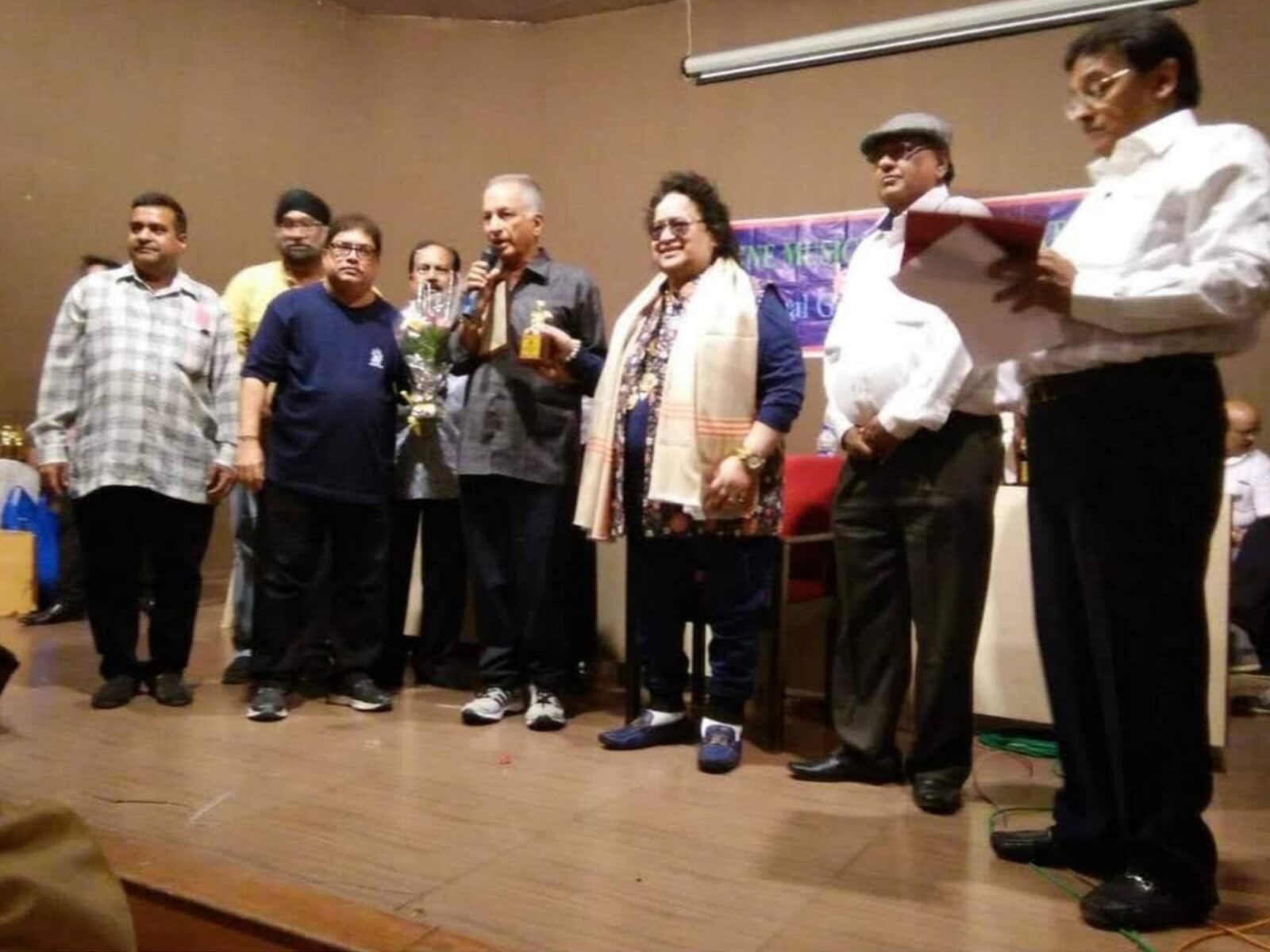
Retired session musician Burjor Lord, who now lives in Sanjan near Surat, played the drums and vibraphone for RD Burman in the 1960s and 1970s. Now 81, he does not remember the songs that he played for Lahiri. “I did not play many songs for Bappi. Those days I was busy with RD. I would record two or three songs in a day and forget the songs the moment I stepped out of the recording studio. I don’t recollect much. Bappi did present me one of his awards.” Asked what was unique about Lahiri, “The jewellery he wore!” he quipped in typical Parsi style.
Lahiri’s rise in the late 1970s triggered RD’s decline. Lahiri was at the pinnacle of his career with best-selling songs sung by Vijay Benedict in the film Disco Dancer. Actor Mithun Chakraborty’s gyrations on the dance floor with all-white bell-bottom trousers, a la John Travolta in Saturday Night Fever, made Lahiri’s aural disco further alluring. The busier Lahiri got in the recording studios whether, for Hindi, Bengali, Telegu films, the more producers and directors queued outside his house in Andheri. His fans salivated for more.
“R D Burman was undergoing a downturn. It was a lean patch added to which he had a penchant never to approach producers for work. Bappi had no such qualms. He was so alike Pancham (RD), in that, both were child prodigies. The difference lay in their attitude to procure work and what fate had in store for each,” says Mukerji.
Lahiri was more than just a Disco King. Veteran session musician and arranger for celebrated composers Sammy Reuben says, “There was depth to his compositions. Whether the melody was ‘inspired’ or his own, he had the ability to find a hook for his songs. His percussion-heavy songs hooked the younger generation.”
Reuben, 79, started his career in 1971 playing for Geeta Dutt. He has played the accordion, keyboard vibraphone for more than 300 songs sung by legends like Lata Mangeshkar, Asha Bhosle, Manna Deny, Mukesh and Kishore Kumar. He had a long association with Lahiri. He gave piano lessons to Lahiri’s grandson up to 2017. “I have fond memories of playing for him in the 1980s and, recently, when I regularly visited Lahiri House to teach piano to his grandson.”
Recalling his best songs he played for Lahiri, Reuben lists Bambai se aya mera dost sung by Bappi from the film Aap Ki Khatir [1977] and Pyar manga hai tumhi se sung by Kishore Kumar from College Girl [1978]. “I played a German accordion while Enoch Daniels played the Italian accordion which has a sharper tone for Bambai se aya. Bappi used a lot Tutti pieces in his songs those days. A Tutti piece involves the flute, clarinet and accordion.”
Reuben collaborated with Lahiri for composing music for the film Agreement in 1980. It was Bobby-fame singer Shailendra Singh’s debut as actor opposite Rekha directed by Anil Ganguly and produced by Shailendra’s father Joginder Singh. The romantic song Jaane Kyun Mujhe sung by Lata that had several violins and complex orchestration did well, but the film did not fare well.
Lahiri was at the top of his craft in the early 1980s with a plethora of super hit songs from films starring top actors like Amitabh Bachchan and Shashi Kapoor, Parveen Babi, and Jaya Prada. Raat baaki, baat baaki, sung by Asha Bhosle and Lahiri, remains a popular duet from the 1982 film Namak Halal directed by Prakash Mehra. Jawani jaaneman sung by Bhosle was super hit too, but Bappi had replicated its melody from Donna Summer’s 1980 disco beat song The Wanderer.
All five songs from Namak Halal were popular. Cassette tapes of this album sold in tens of thousands. Fans played the disco beat based songs and danced at parties. Many radio stations played Namak Halal songs repeatedly, but none made it to the number one spot of Binaca Geetmala, a popular radio programme anchored by Ameen Sayani and broadcast by Sri Lanka Broadcasting Corporation [SLBC]. The station existed as Radio Ceylon up to May 22, 1972 when the country became Republic of Sri Lanka. Radio Ceylon was Asia’s first radio station, launched in 1925, three years after BBC debuted.
Lahiri ruled the entire decade of 1980s. His percussion loaded racy songs contributed a lot to the success of actors like Mithun Chakraborty and Govinda who said “I would never have become a star without Bappida’s music” in his tribute to the composer. Lahiri’s greatest success came in 1984 with the film Sharaabi. His arrangers did super orchestration of Inteha ho gayi, intezar ki sung by Kishore Kumar and written by Anjaan. The song that opens with a harmonic guitar lick was the key to him winning the Filmfare Award for the Best Music Director.
Strangely, none of Lahiri’s popular songs clinched the No. 1 spot of Binaca Geetmala when he was at his creative peak from the mid 1970s to the mid 1980s. Rajesh Roshan’s Angrezi mein kehte hain from Khuddaar claimed the No. 1 spot in 1982. Laxmikant Pyarelal’s Dafli wale, dafli baja from Sargam [1980]; Kalyanji Anandji’s Mere angane mein from Lawaris [1981] and Usha Khanna’s Shayad meri shaadi from Souten [1983]. A decade later Lahiri hit the top of Binaca Geetmala in 1990 with Gori hai kalaiyan from the film Aaj Ka Arjun.
Lahiri showed he still had the disco spark with the film The Dirty Picture in 2011. His duet Ooh la with Shreya Ghoshal won the Global Indian Music Academy Awards for the Most Popular Radio Song of the year. In 2018 he won two Lifetime Achievement Awards – Filmfare and Mirchi Music Awards. The myriad awards Lahiri won are just symbols of his achievements that cannot capture his genius. He leaves behind a legacy of racy dance songs that were popular among fans of all ages, not just youth.
“This year took away two legends [Lata Mangeshkar and Lahiri] of Indian music industry. Musicians like me who worked with them can relive the good time spent with them by listening to their songs,” says Reuben.


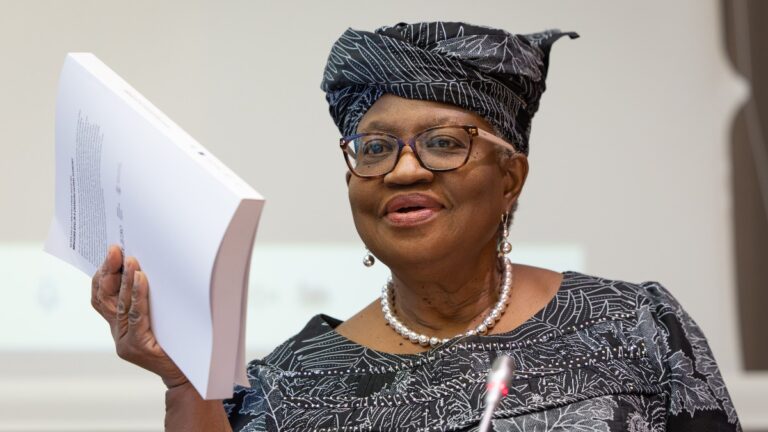
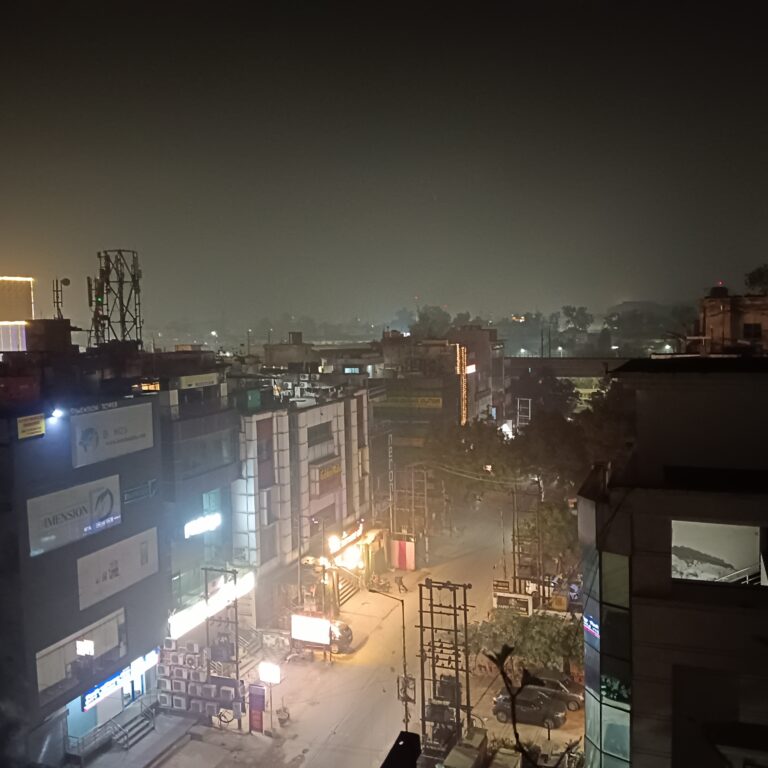


An interesting discussion is worth a comment. I think that you should write more on this topic, it might not be a taboo subject but generally, people are not enough to speak on such topics. To the next. Cheers